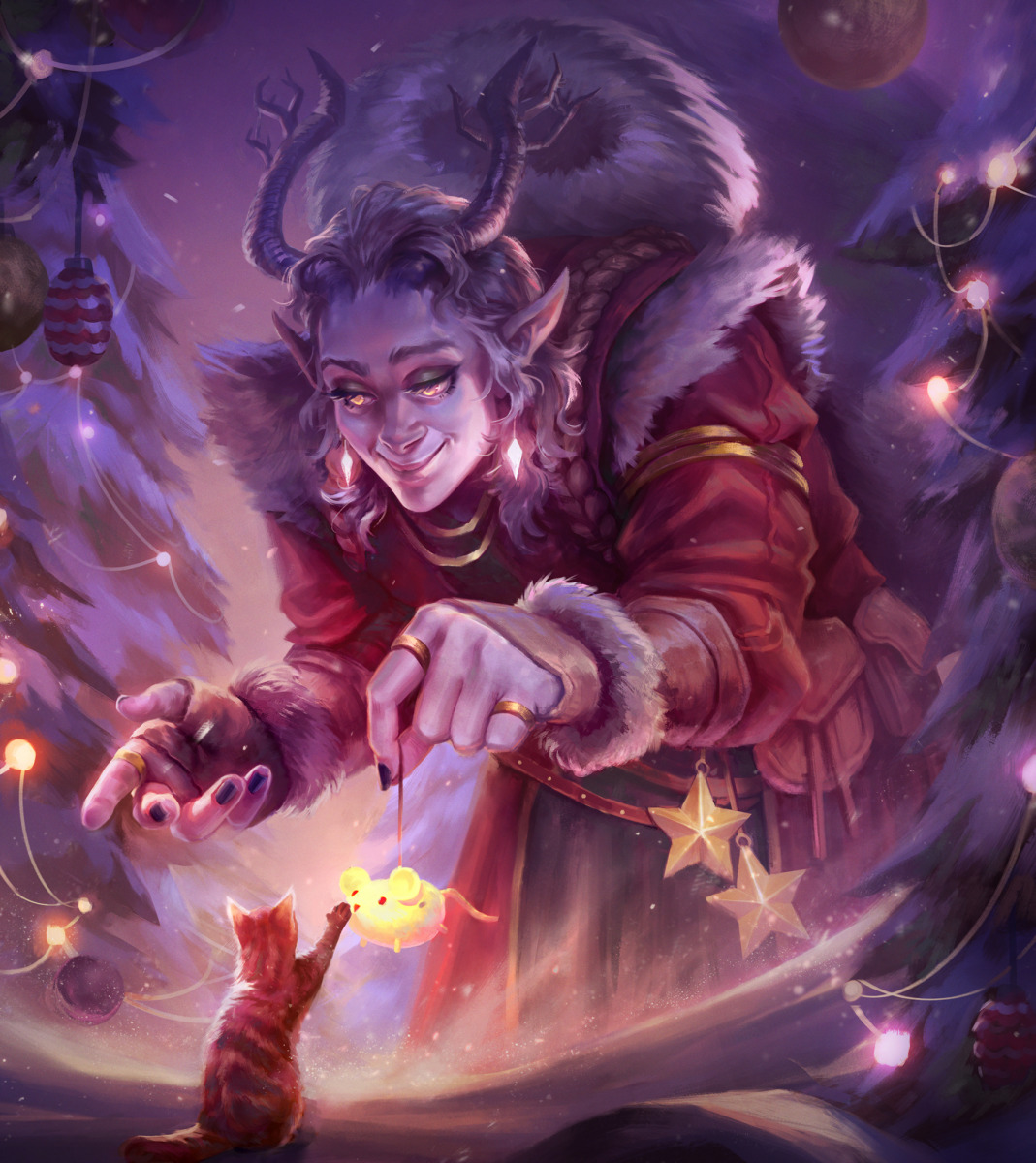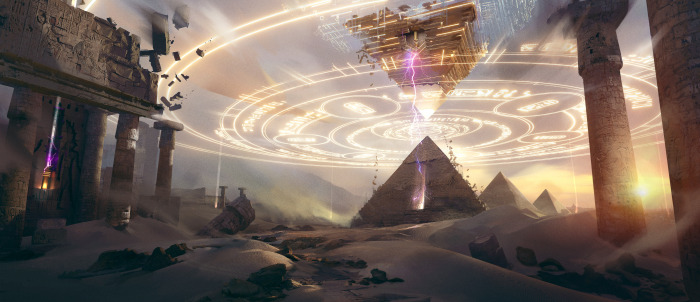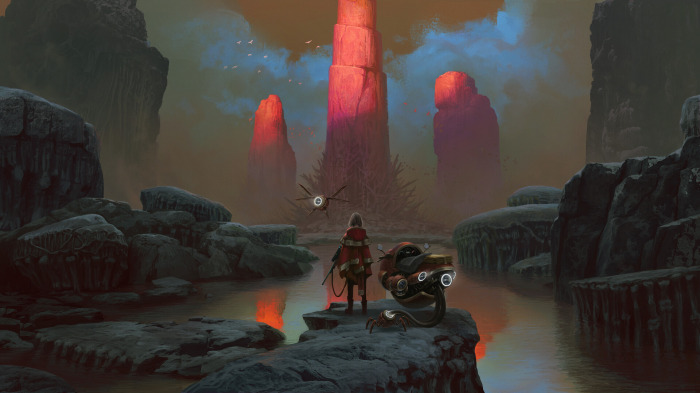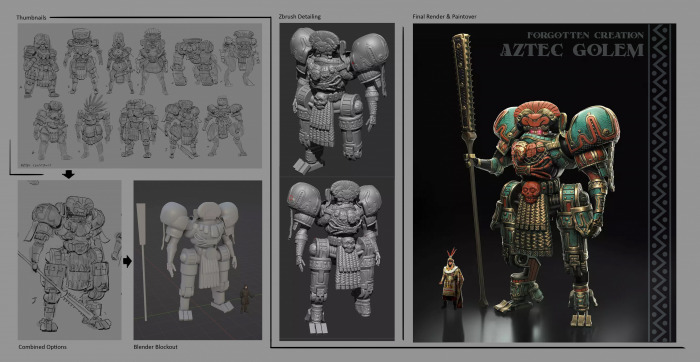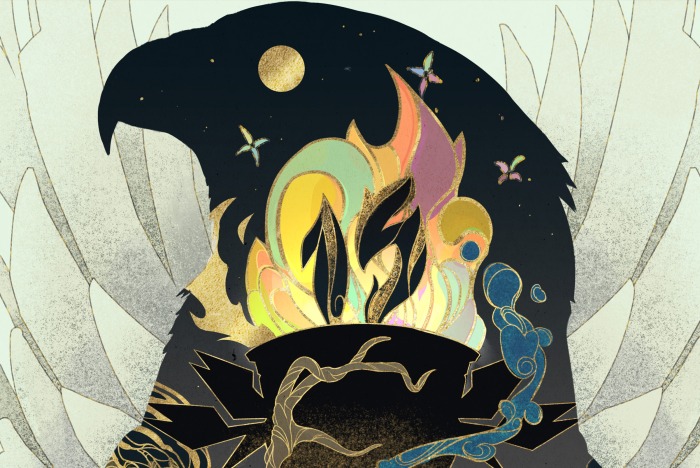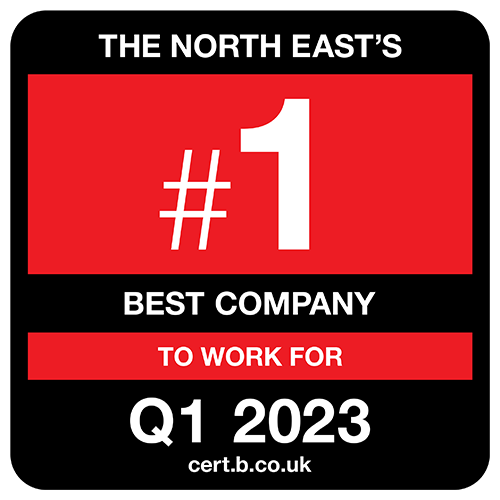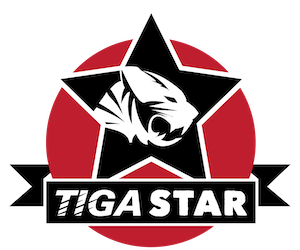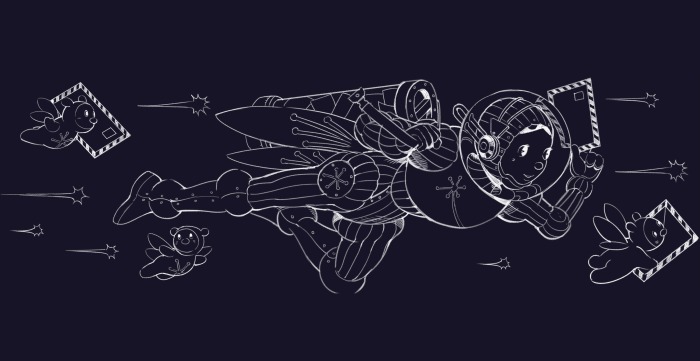An outstanding portfolio is your most important job search tool. Regardless of whether or not your work is the best of the bunch, a lacklustre concept art portfolio could sabotage your chances of getting hired by an established studio. Here are Atomhawk’s best tips to create a portfolio that will get you noticed.
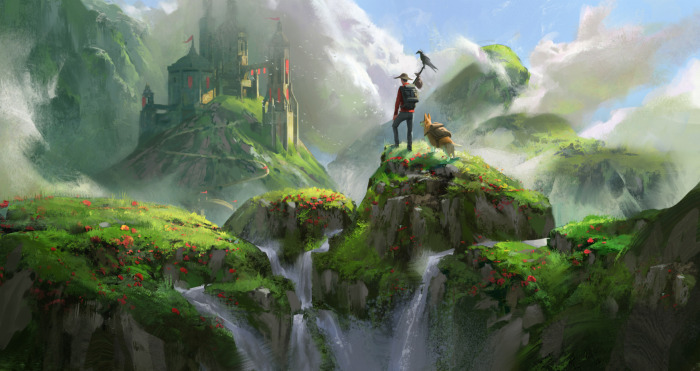
What makes a portfolio professional and impactful?
Showcase quality
Before demonstrating your range or specialisms, your technique or creative flair, the first thing a portfolio should do is highlight the quality of your work. If you want an industry job you must have an industry-standard portfolio. The quality should be high enough for you to showcase visuals and ideas and for people who are not in the industry to understand them. You always want to maintain quality and the pieces that demonstrate your best quality work should be in your portfolio.
However, quality should be balanced against quantity. A single amazing image can take you so far. We want to understand if you’re capable of taking that quality from image to image, and it wasn’t simply a lucky strike. Through your sequence of images, show a consistent high quality.
Keep focused
A strong portfolio will often have a focus, even if it’s a relatively loose one. For example, if you’re a horror artist who’s gifted in creating gnarly monsters, that should be apparent in your chosen pieces. Your portfolio should have a degree of focus directed at the topics you enjoy working on. That way, the job you get is more likely to correspond to your stronger areas.
Of course, a portfolio can’t be so focused it limits your prospects, but there’s a balance to be found between what you like and the type of jobs you might realistically be offered.
Your portfolio must reflect work that could be used in the industry by a specific employer. If you want to get a job at a game development or VFX studio, you need to look at the portfolios of people working at that studio. If you want to get a job at an outsource studio like Atomhawk then niche expertise is great, but versatility comes in handy. Every artist at Atomhawk has their own area. For example, one artist specialises in environments but can also design vehicles, and harness 3D to improve their workflow. They stick to that area and don’t stretch themselves so thin that they lose the quality of their work.
Show your process
The person viewing your work knows nothing about you or how you move from A to B so process is a must. An incredible final piece might get you the interview, but with process to back it up, you’re in with a stronger chance. Show sketches, thumbnails, mood boards, work in progress, and notes to help people understand your workflow. If you can, include at least one starting sketch and then the final piece.

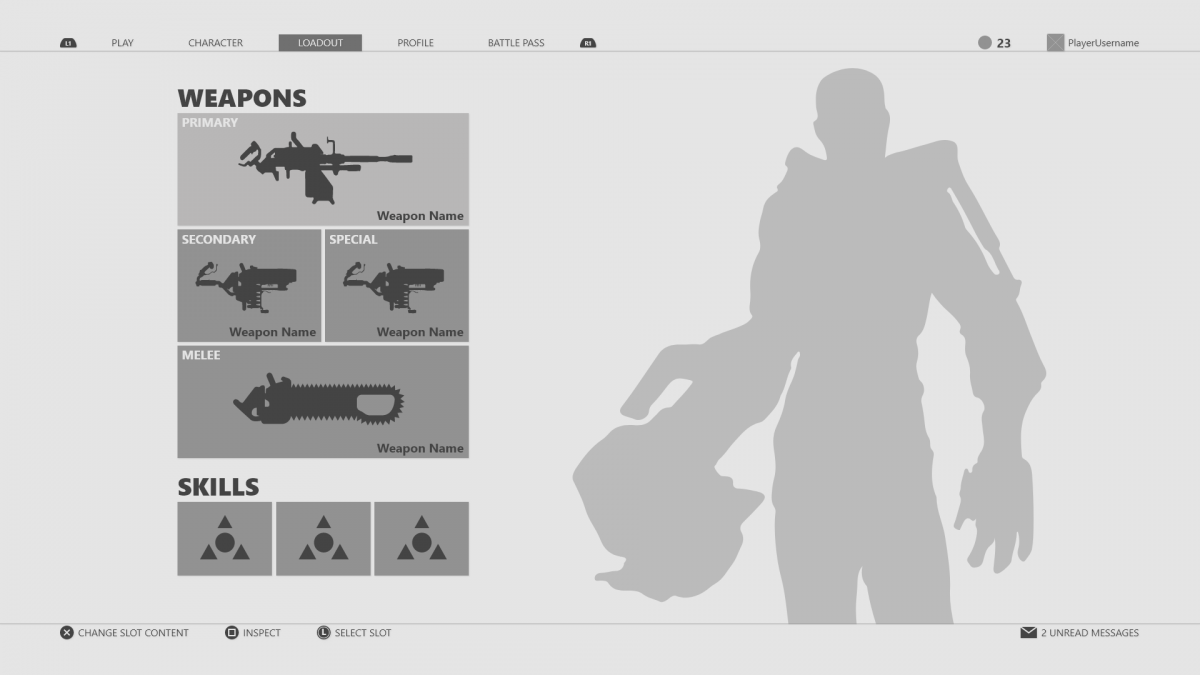
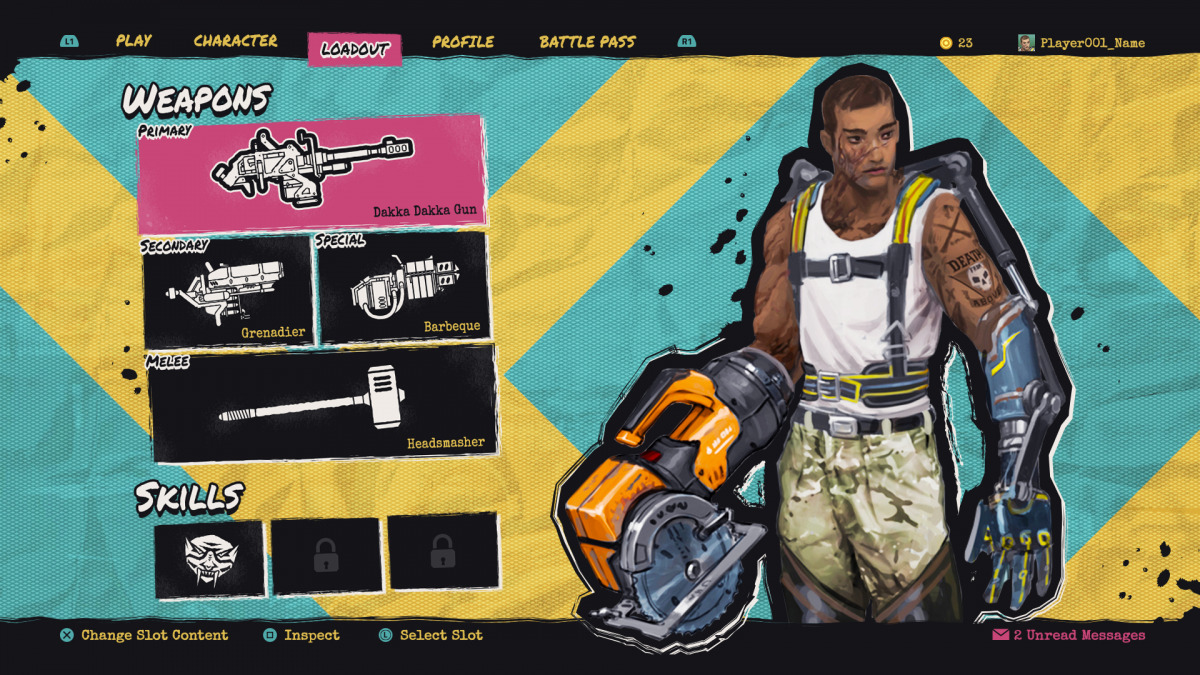
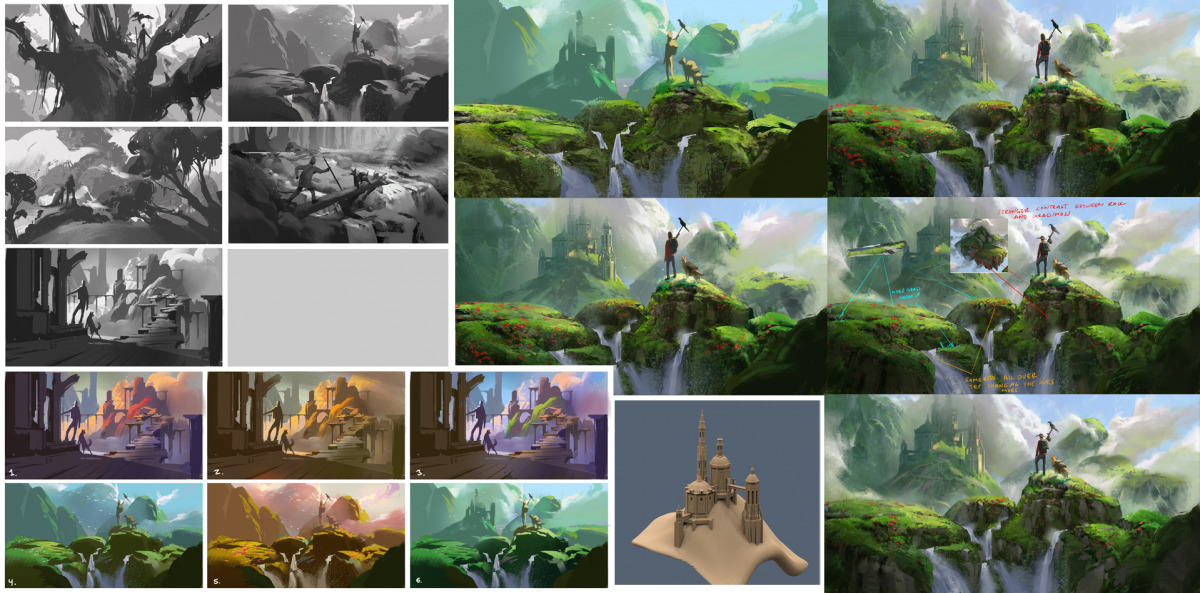

Don’t forget the fundamentals
Overlooking the fundamentals and assuming that a prospective employer will simply ‘know’ you have those skills is a common mistake. Fundamental knowledge needs to be shown. This means demonstrating an understanding of perspective, composition, values, lighting, colour, anatomy, and functionality.
Creatives can sometimes prioritise creativity, forgetting the importance of also demonstrating technical ability. These everyday skills are actually the bedrock of a professional’s job. For example, if you’re working on an environment and in the sketches there are perspective lines and vanishing points, this will tell us you understand perspective. Or if you’re working on an action scene with characters in dynamic poses, we want to see that you took the time to understand how muscles conform and function in real space. Show us that you understand why you made your decisions.
Want to take it the extra mile? For example, if you’re working on a knight on a horse, take a couple of horses from the internet and study how the skeleton of a horse works. Show us those studies so we can see your dedication, professionalism and understanding of subjects.
Tell a story
Telling a story, even if your character is just standing doing nothing, is paramount. Introducing storytelling elements in a character or environment, or through sequential images demonstrates a deeper understanding of the role. Every human lives through narrative from the myths and fairytales we hear as children to the stories we tell ourselves to make sense of life. The entertainment industry is full of cool effects and lots of flourish, but beneath all of that is a strong story. So, every piece in your portfolio should begin there.
Stay true to yourself and open to new thinking
Sometimes when people are just starting out, they can lack self-belief and their portfolios can seem scattergun. We can see portfolios where there is a little bit of 2D, a bit of 3D, stylised work, environment work; a mishmash of everything and we can’t tell what the person is all about or who they are. Embracing your own unique output is one of the best things that you can do. You want people to know you through your work. If you don’t have a focus and it seems like you want to appease everyone and everything then you risk losing that quality. You lose the edge that gives your work its unique value.
From a position of self-belief, you’re also better placed to embrace kind criticism and improve your working practice. Taking on outside perspective, learning from it and improving your work as a result, is a skill in itself. Coming back to the someone who has critiqued your work, having taken the input onboard, can create a very good impression. It shows a willingness to develop and grow. Raw talent is one thing, but combine that with humility and a hunger for development, and it’s invaluable.
If you’re unsuccessful with your job applications, don’t give up. Add to your portfolio and make sure it’s better than before. Return to the same employer. Show them you’re serious.
To see more of our applicant transparency resources and current available roles, visit our careers page.
